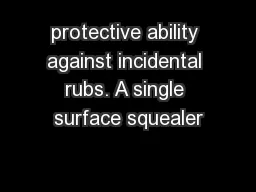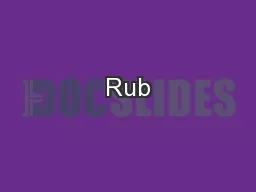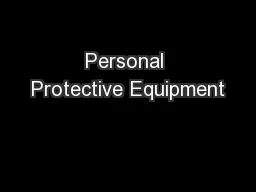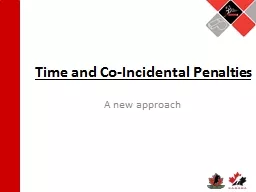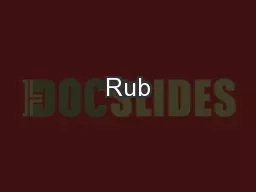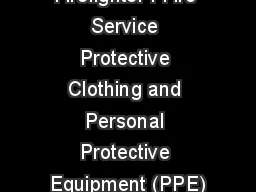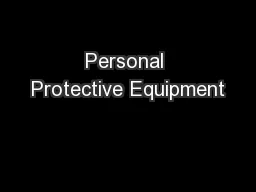PDF-protective ability against incidental rubs. A single surface squealer
Author : conchita-marotz | Published Date : 2016-08-06
the blade tip as shown by Anderson 1979 This may actually be considered as a simple labyrinth seal configuration partial squealer
Presentation Embed Code
Download Presentation
Download Presentation The PPT/PDF document "protective ability against incidental ru..." is the property of its rightful owner. Permission is granted to download and print the materials on this website for personal, non-commercial use only, and to display it on your personal computer provided you do not modify the materials and that you retain all copyright notices contained in the materials. By downloading content from our website, you accept the terms of this agreement.
protective ability against incidental rubs. A single surface squealer: Transcript
Download Rules Of Document
"protective ability against incidental rubs. A single surface squealer"The content belongs to its owner. You may download and print it for personal use, without modification, and keep all copyright notices. By downloading, you agree to these terms.
Related Documents

